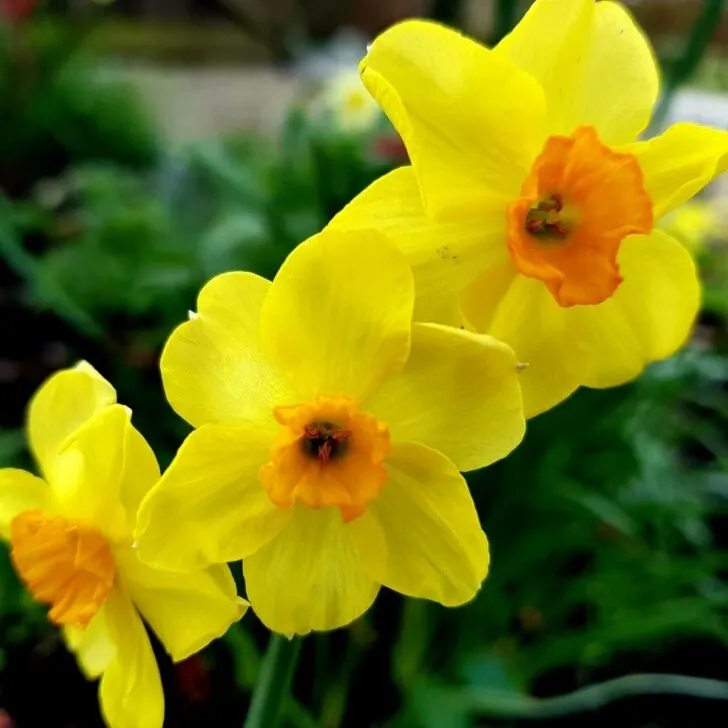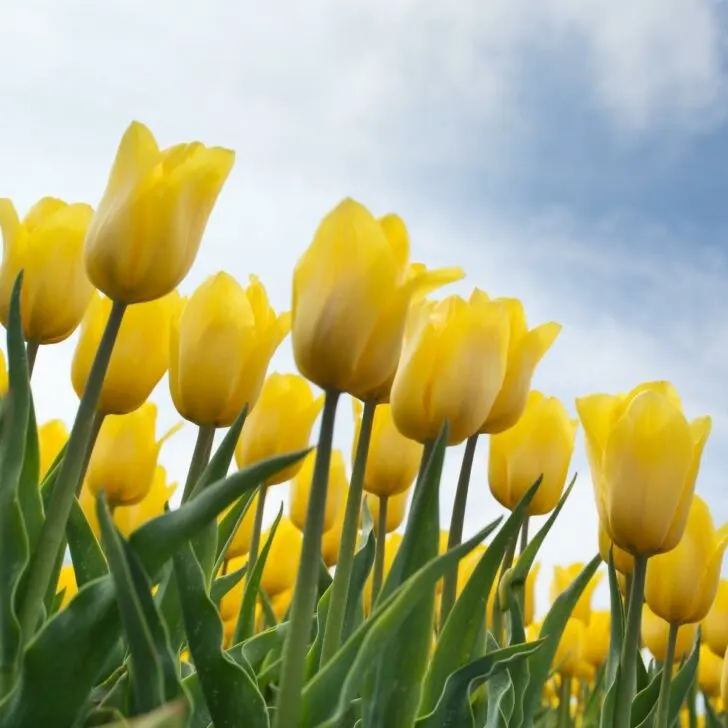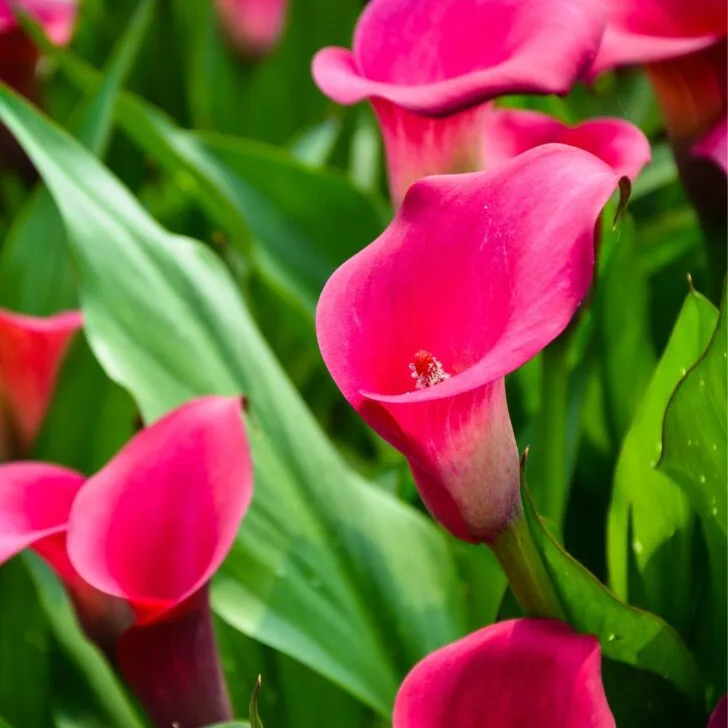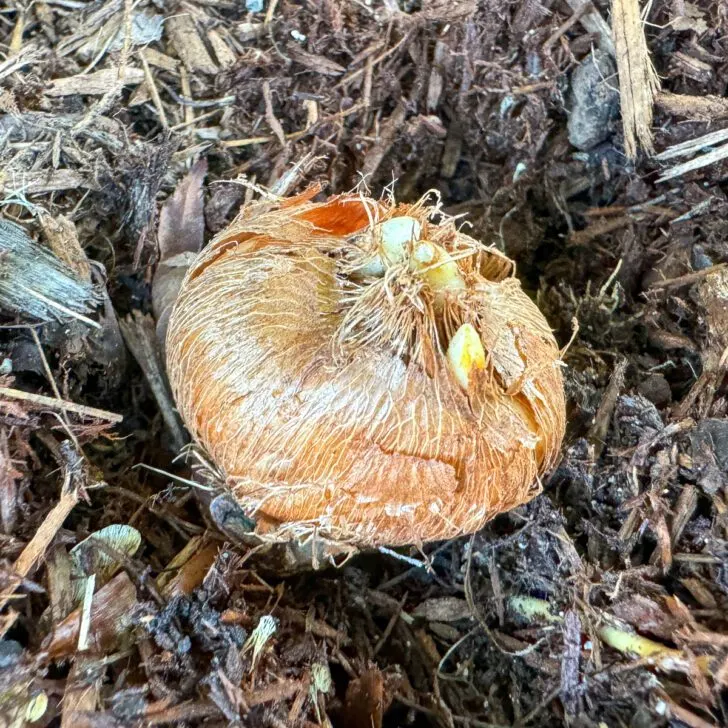Learn how to plant leucojum bulbs, also known as Summer Snowflake, in your garden for beautiful blooms in early to late spring!
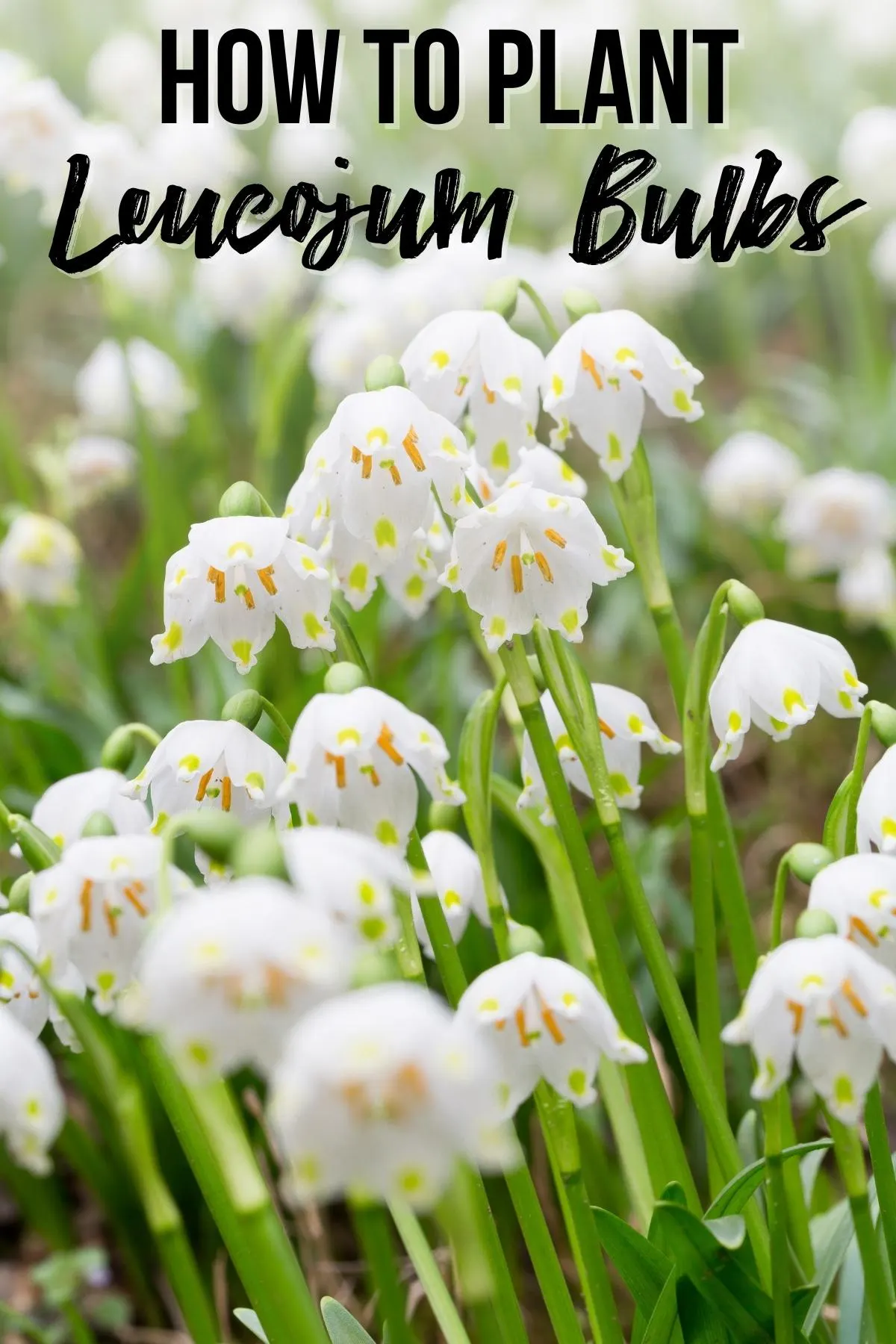
Leucojum bulbs are early to late spring-blooming bulbs you can plant in sunny or partly shady garden locations. These dainty, fragrant flowers produce upright, blade-shaped leaves 18 to 24-inches tall and small, bell-shaped white or pink blossoms tinted with pretty green spots at the tips.

Leucojum bulbs require almost no care once you plant them, and they easily re-sprout, multiply and naturalize in sunny and shady rock gardens, borders, flowerbeds, and woodland gardens.
When you plant leucojum bulbs in full sun, they'll bloom earlier than in the shade, so you can spread them around the landscape in areas with different sun exposure, creating a succession of blossoms throughout in the growing season.
This post contains affiliate links for your convenience. Purchases made through these links may earn me a small commission at no additional cost to you.
When to Plant Leucojum Bulbs
The best time to plant these flower bulbs is in the late summer and fall, so the plants can establish a robust root system over the winter. Plant them at least two to four weeks before the ground freezes.

The bulbs sprout and bloom in late winter through mid-spring, depending on the variety. It is best to buy leucojum bulbs shortly before you plant them and get them into the ground quickly because the bulbs tend to dry out rapidly, losing their vitality.
Where to Plant Leucojum Bulbs
Leucojum flower bulbs are highly adaptable to various garden locations. They grow well in full sun and dappled shade and can tolerate a range of soil pH levels from slightly alkaline to neutral to slightly acidic.
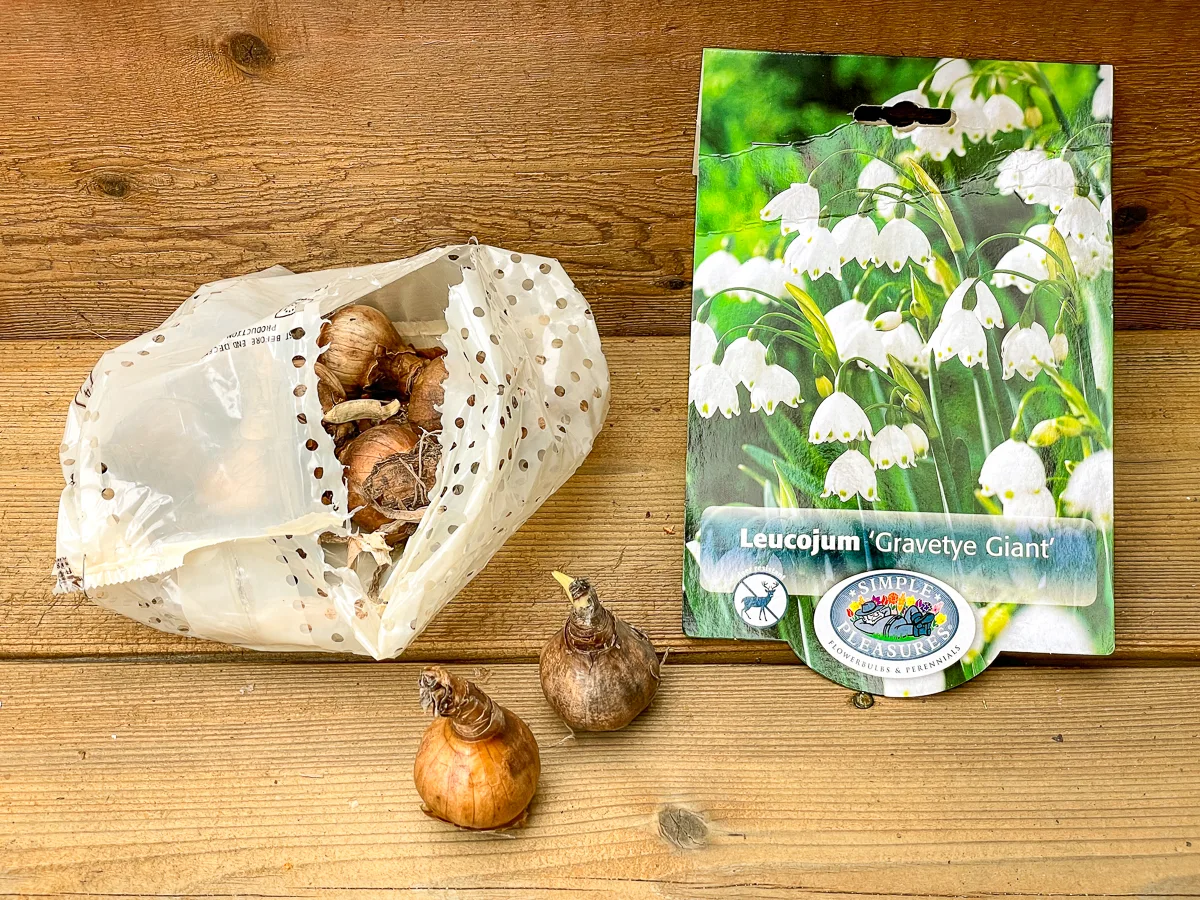
They're not fussy about soil type and can thrive in moderately heavy clay soils, although you will get the best results when planting them in rich, fertile soil. However, these bulbs do not like soggy conditions and need good drainage, so amend the soil with some compost if it is heavy clay, and don't plant them below the waterline.
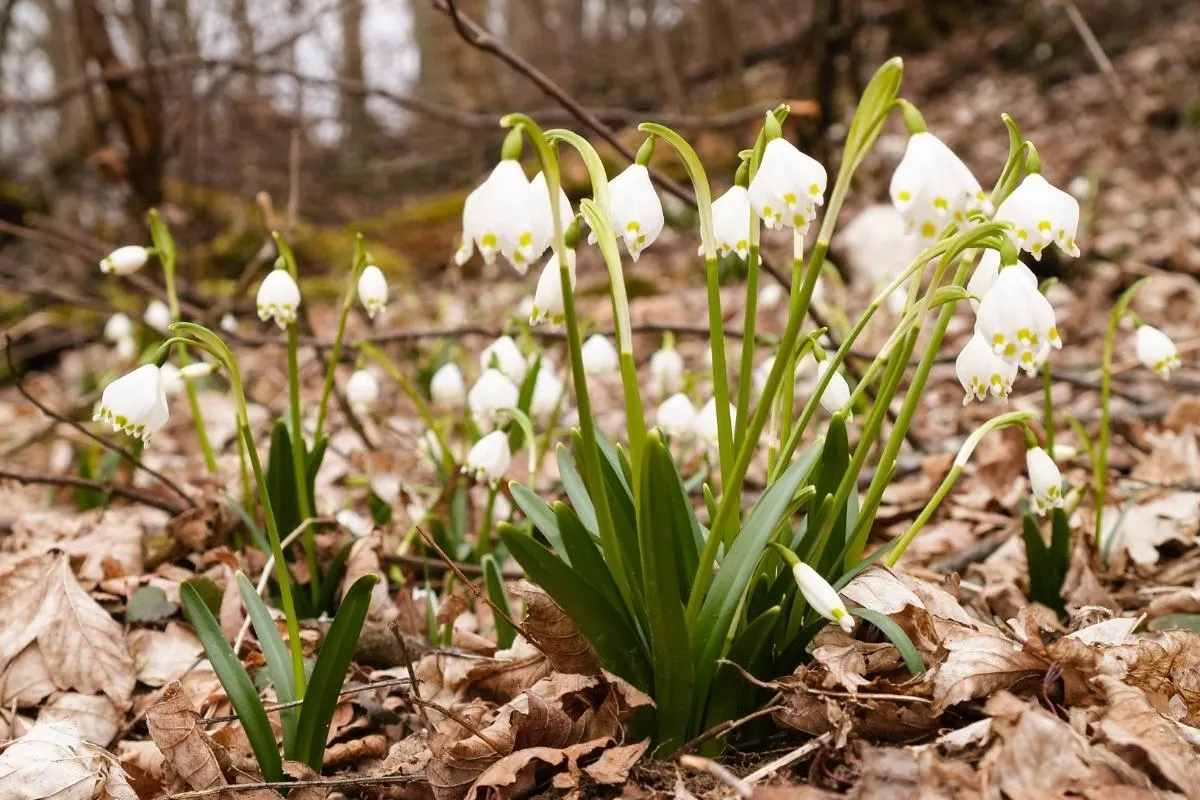
People plant leucojum bulbs in flower beds, rock gardens, and under shrubs and trees as ground cover. They are deer and rodent-resistant, so don't worry about planting them in woodland settings or meadows. The bulbs spread readily, forming eye-catching drifts, and the blossoms look fantastic when planted in mass.
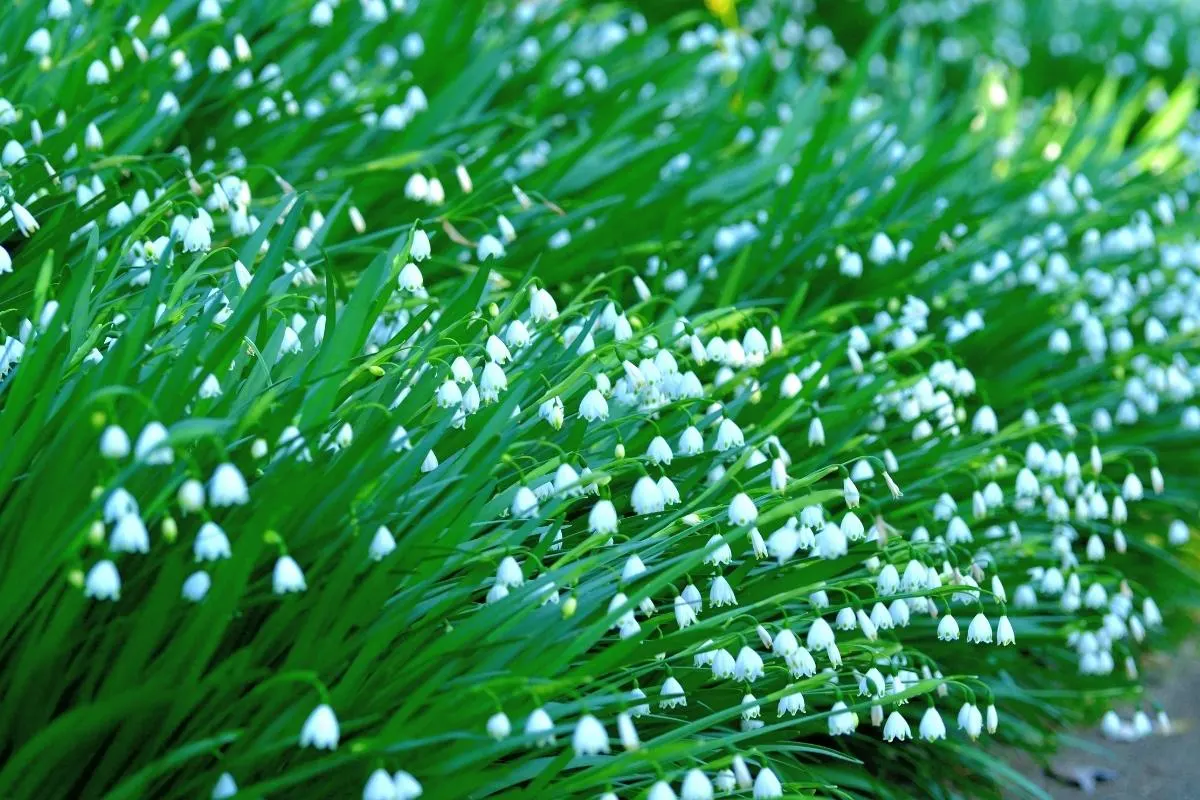
However, one consideration to keep in mind when choosing a spot for this bulb is that they require consistent moisture when growing and flowering in late winter and spring. Once the flowers fade and the bulbs go dormant in summer, they can tolerate drier conditions as long as the soil does not get completely dried out.
How Deep to Plant Leucojum Bulbs
Put leucojum bulbs in the ground at a depth between 2 and 4-inches with the pointy end of the bulb facing upward. I like to drill a series of holes in the ground with a 3" auger bit and pop them in.
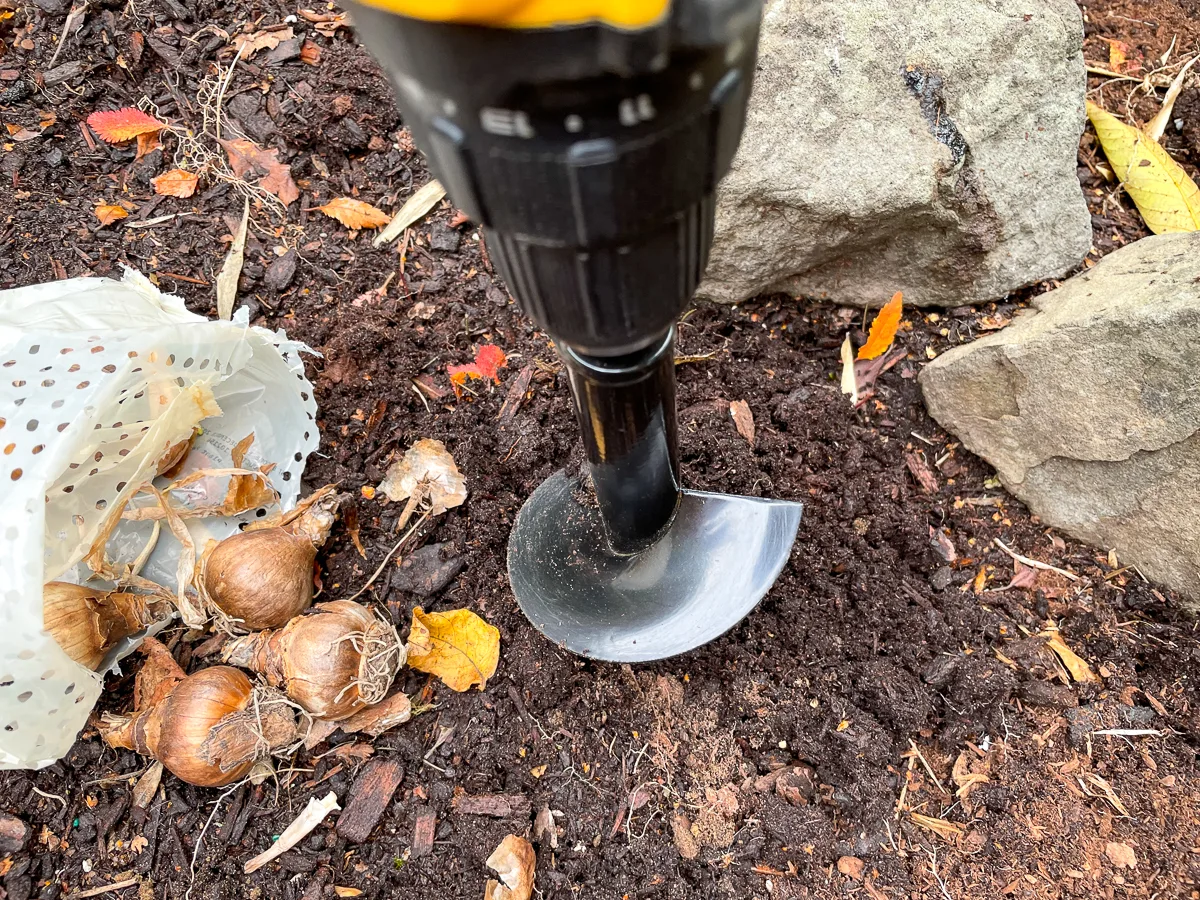
I'm planting these Gravetye Giant leucojum bulbs around the rock border that will form our pond and waterfall next year. I can't wait to see how they look in the spring!
How Far Apart to Plant Leucojum Bulbs
Allow 4 to 6-inches between the bulbs, so they have plenty of access to water and nutrients. This will also give enough space for the bulbs to multiply so you have a larger clump next year.
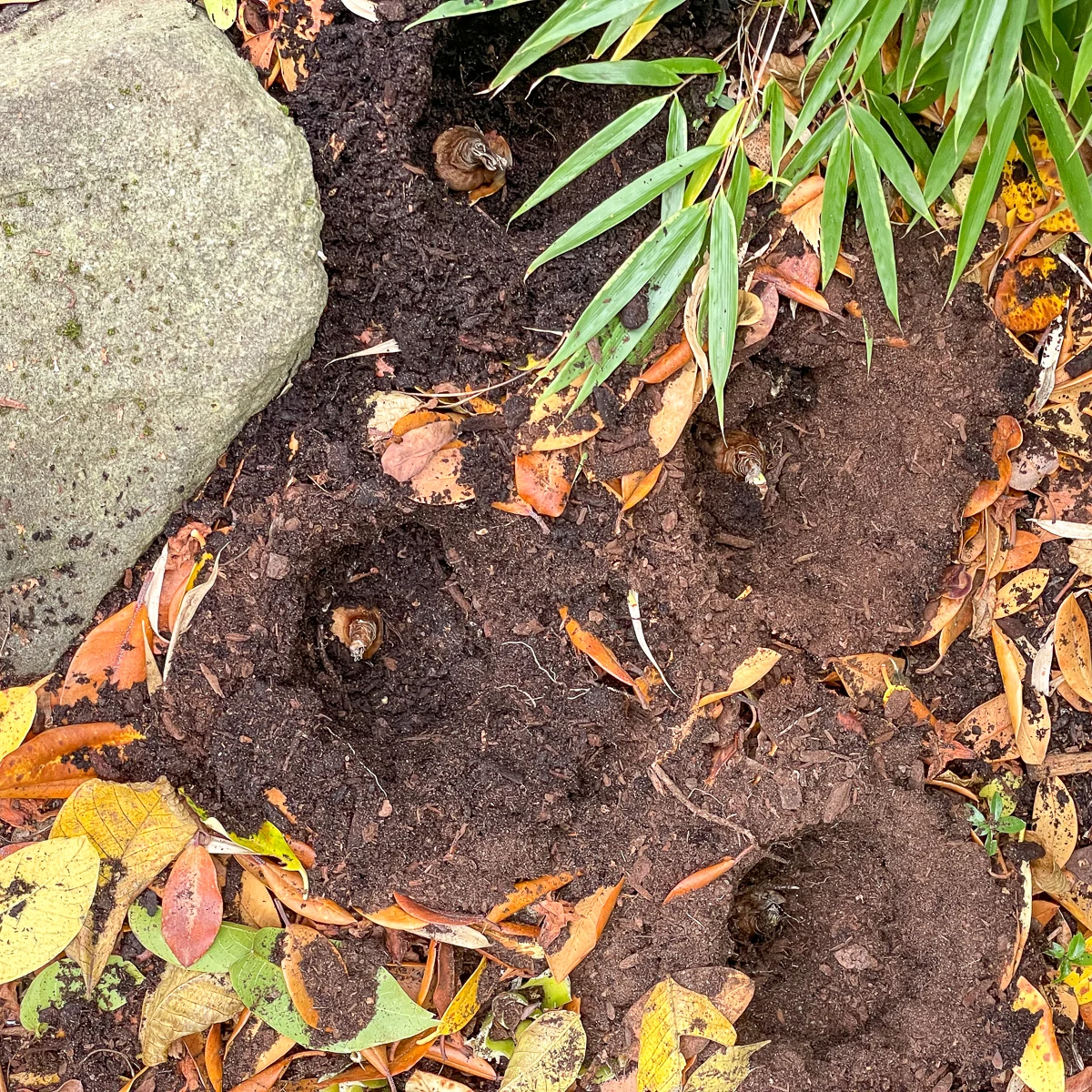
One way to create a lovely visual effect with these flowers is to plant them in small clusters of six to ten bulbs with a foot or two of space between the groups. This spacing gives the bulbs room to multiply and spread out over time.
Caring for Leucojum Bulbs After Planting
If you live in a hot, dry climate zone, consider placing mulch over the bulbs after the flowers fade to keep them from drying out. These bulbs do not require much fertilizer, but a handful of Bulb-Tone after they're done blooming will help boost productivity for next year.
Add a small amount of compost to keep them vigorous in areas with poor soil fertility. This will also help prevent the bulbs from getting too dry when they go dormant in the summer.
It's okay to cut off the dead flowers after they finish blooming, but let the foliage stay until it completely withers before you mow or cut it back. As with other flower bulbs, the foliage continues to supply the bulbs with nutrients for next year's growth until the leaves are thoroughly dry.
If your patch of leucojum outgrows its area, you can dig up bulbs to replant elsewhere or to give away to family and friends. However, these bulbs prefer not to be disturbed, so dig them up gently after the leaves have completely died back and replant them soon after so they do not dry out.
Frequently Asked Questions about Leucojum Bulbs
Yes, these are long-lived perennials that re-sprout and bloom yearly as long as they get water from irrigation or rain during the active growth period.
These bulbs readily multiply and naturalize, growing into lovely drifts with little care.
Expert gardeners do not recommend spring planting of leucojum because the bulbs dry out rapidly after they are dug up in fall or winter. The best time for planting these bulbs is late summer and fall, at least two weeks before the ground freezes.
These bulbs do best planted directly into the ground and left undisturbed. If you are looking for flower bulbs for container planting, consider tulips, hyacinths, daffodils, and iris.

